Disappearing glass walls create magic for high-end homes
dppre December 15, 2016
Real Estate

dppre December 15, 2016
Real Estate

By Bonnie McCarthy
Luxury lifestyles don’t usually adhere to the adage “less is more,” but disappearing glass walls that pivot, fold or retract into pockets are changing the perception of opulence and giving new meaning to the term open concept.
Experts credit the trend to a multitude of modern design goals: maximizing square footage, optimizing entertaining capabilities and capitalizing on views. The floor-to-ceiling, double-paned, tempered glass panels are also sustainable because they increase a room’s natural light, which helps reduce energy costs.
To read full article click “Keep Reading” or visit their website here.
Although glass walls glide effortlessly, installing them is no simple task. You won’t find them at a home improvement warehouse, and for most, DIY is not an option. Today’s sliding glass panels are custom-ordered by a professional contractor or architect.
Depending on the system, the weight of the panels (sometimes up to 2,000 pounds per sheet of glass) is supported from the bottom or hung from a structural header at the top. In all cases, they are guided by flush-mounted tracks on the floor and the ceiling.
Many systems also offer a standard, hinged glass door that operates as part of the unified wall but opens independently when the system is closed.
Although the easiest way to incorporate sliding glass walls is within the context of new construction, it is possible to include them in a remodel, said Scott Gates, president and CEO of Western Windows in Arizona.
“You’ve got to get a contractor involved,” he said. “There’s demolition, some engineering — and sometimes that is a barrier for people, because there are costs associated with the transition.”
Some customers balk at the cost. Experts estimate an entry-level product for a basic 8-by-10-foot opening ranges from roughly $6,000 to $10,000. Want to automate that wall so it opens at the push of a button? Add about $5,000 for a motor.
Sherman Oaks contractor Gary Drake of Drake Construction had one client who wanted glass pocket doors but nearly “fainted when they got the number.”
“We went back and value-engineered the project,” he said.
Instead of putting in the pocket doors, the client opted for less expensive — and more space-saving — bi-folding doors.
“If you have an eight-foot opening and you want the doors to pocket into the wall, you will actually need 16 feet of [linear] space to work with,” Drake said. “Sometimes people don’t understand that.”
The size of the opening is the biggest factor in determining cost. Bigger glass, more materials, more engineering.
Additional considerations affecting price include the type of system, desired level of energy efficiency, the kinds of weather-resistant materials required — and of course, engineering and construction.
Waterproofing will also add to the cost, but Drake encourages clients to spend extra on the feature, which he said is “the most important thing that people miss on pocket doors.”
Wet or damp pocket doors that are pushed into the walls will cause damage over time, he said.
“I’ve done remodels where there was no waterproofing to speak of, and the whole area was just rotting away,” he said. “Do it right.”
Mike Deasy, chairman of real estate firm Deasy/Penner & Partners, said glass panel systems can add to the value of a property, especially with new construction.
“There is a greater entertaining flow,” he said. “It has a big wow factor, both visually and functionally.”
Stay up to date on the latest real estate trends.
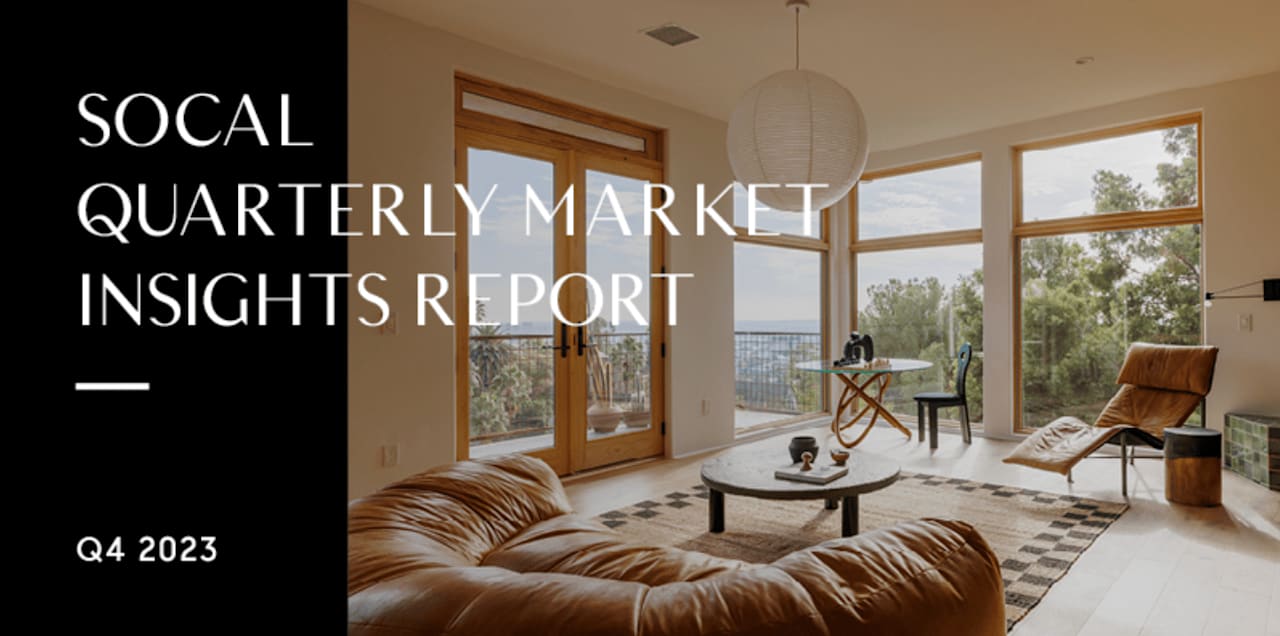
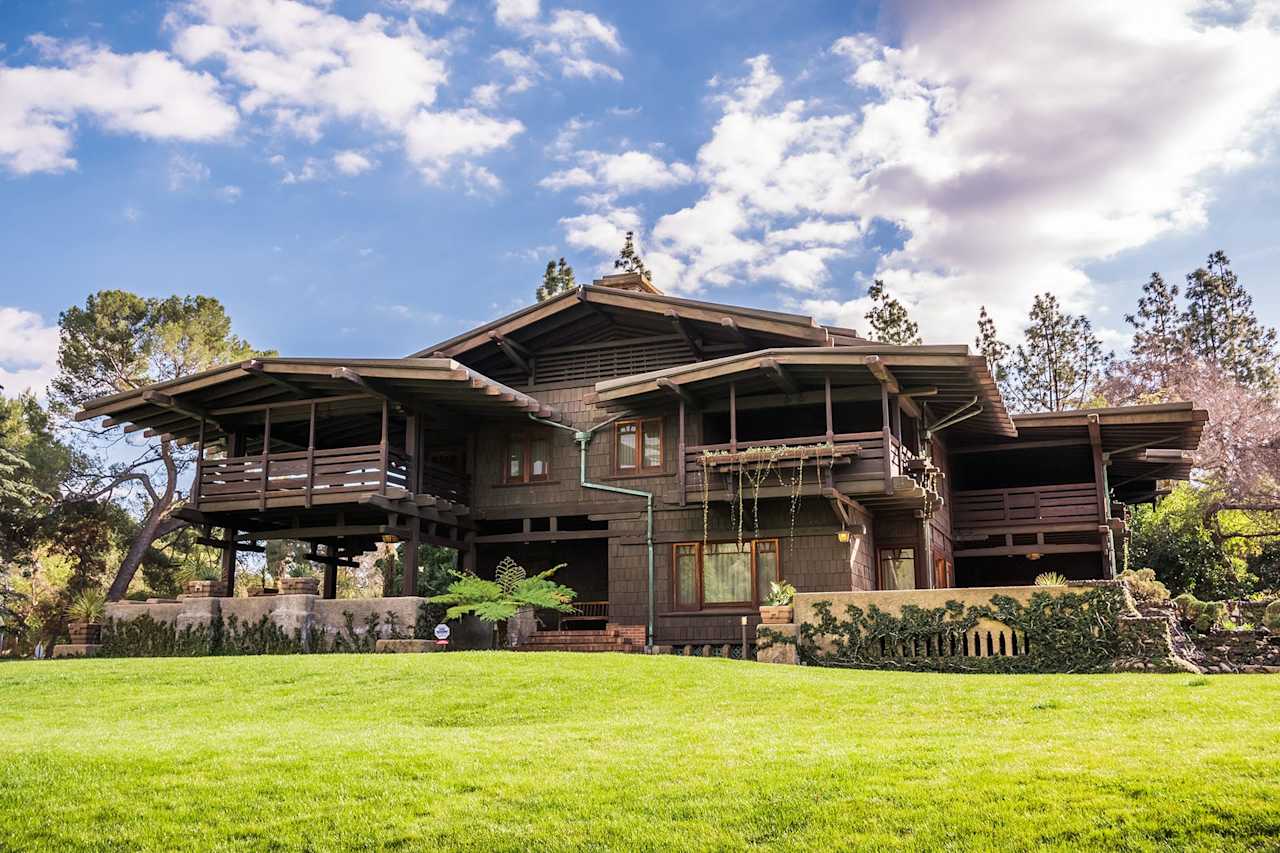
Preserving Heritage Through Meticulous Craftsmanship and Modern Living
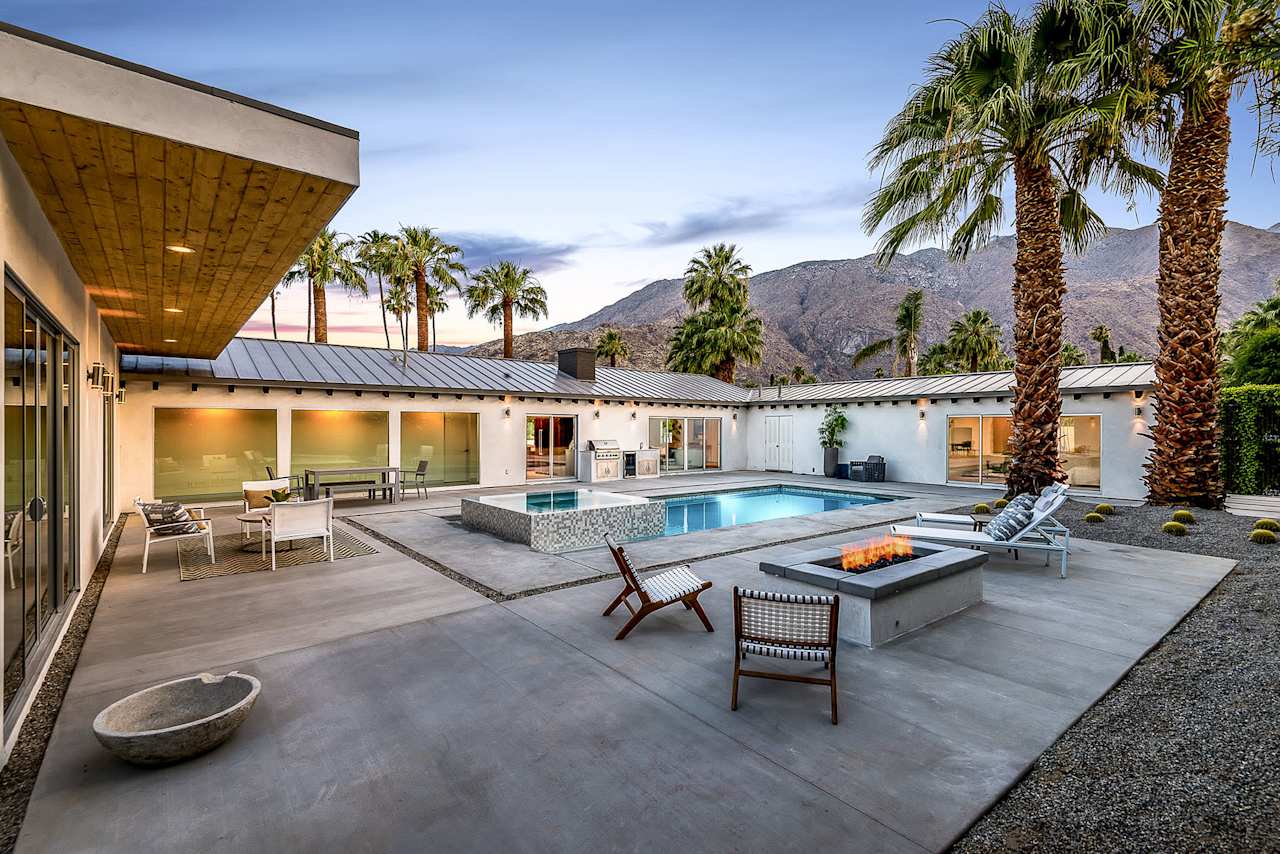
In Palm Springs, Architecture Meets Timeless Innovation
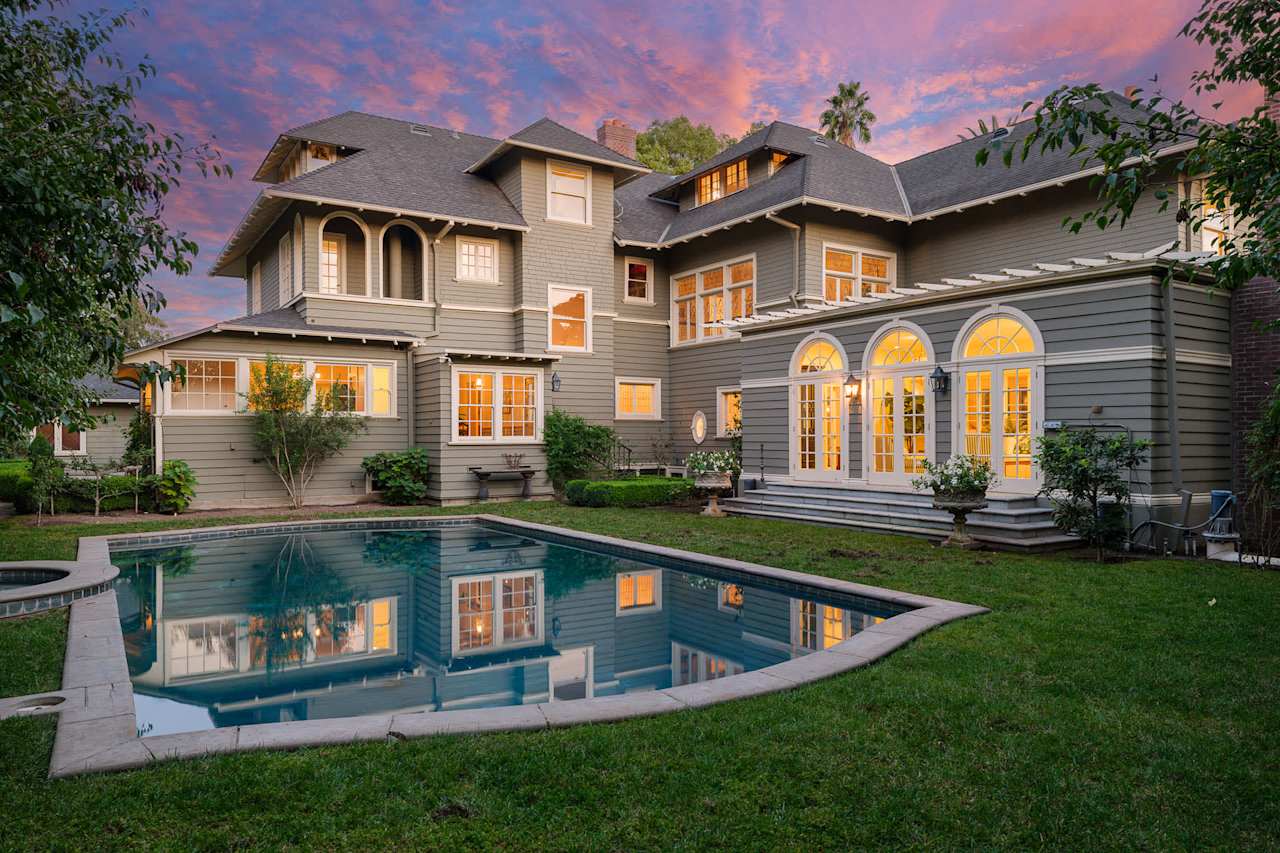
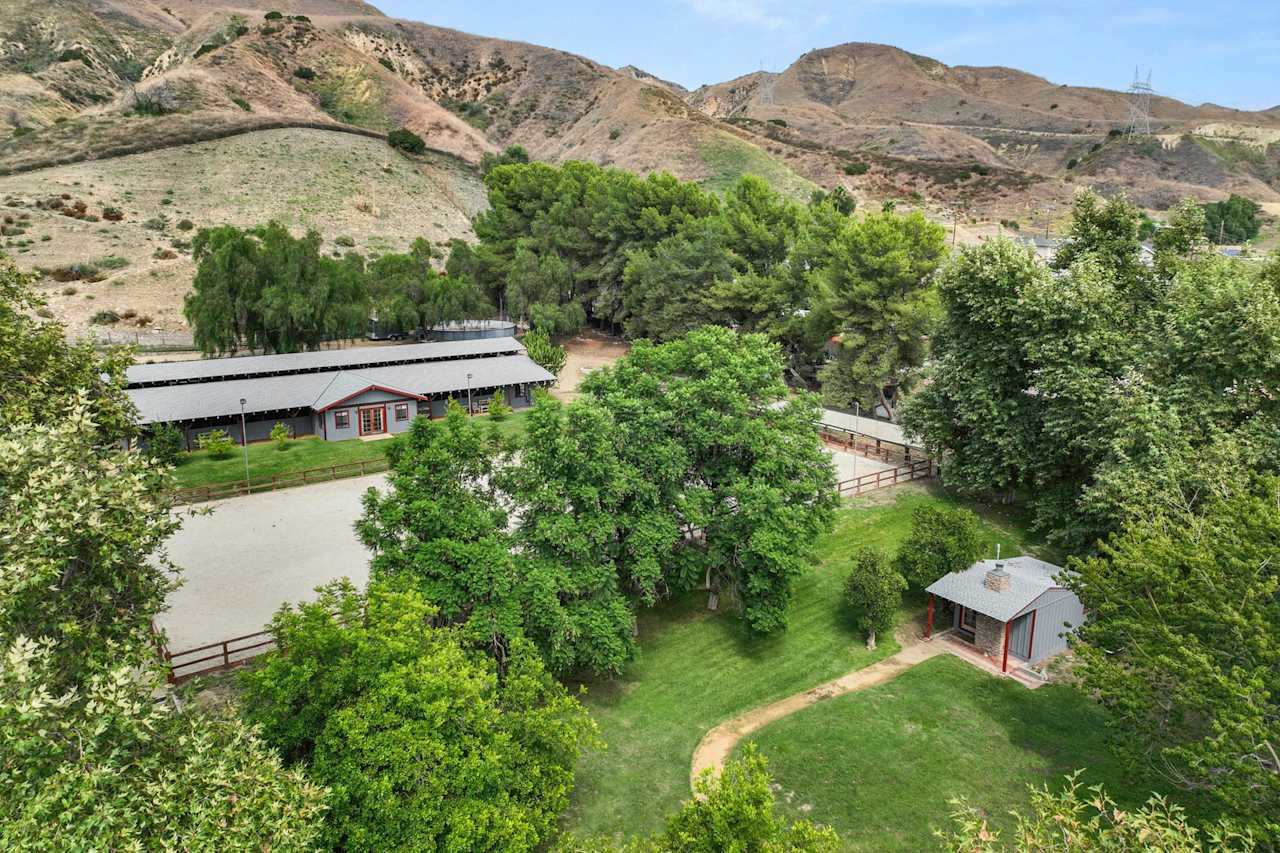
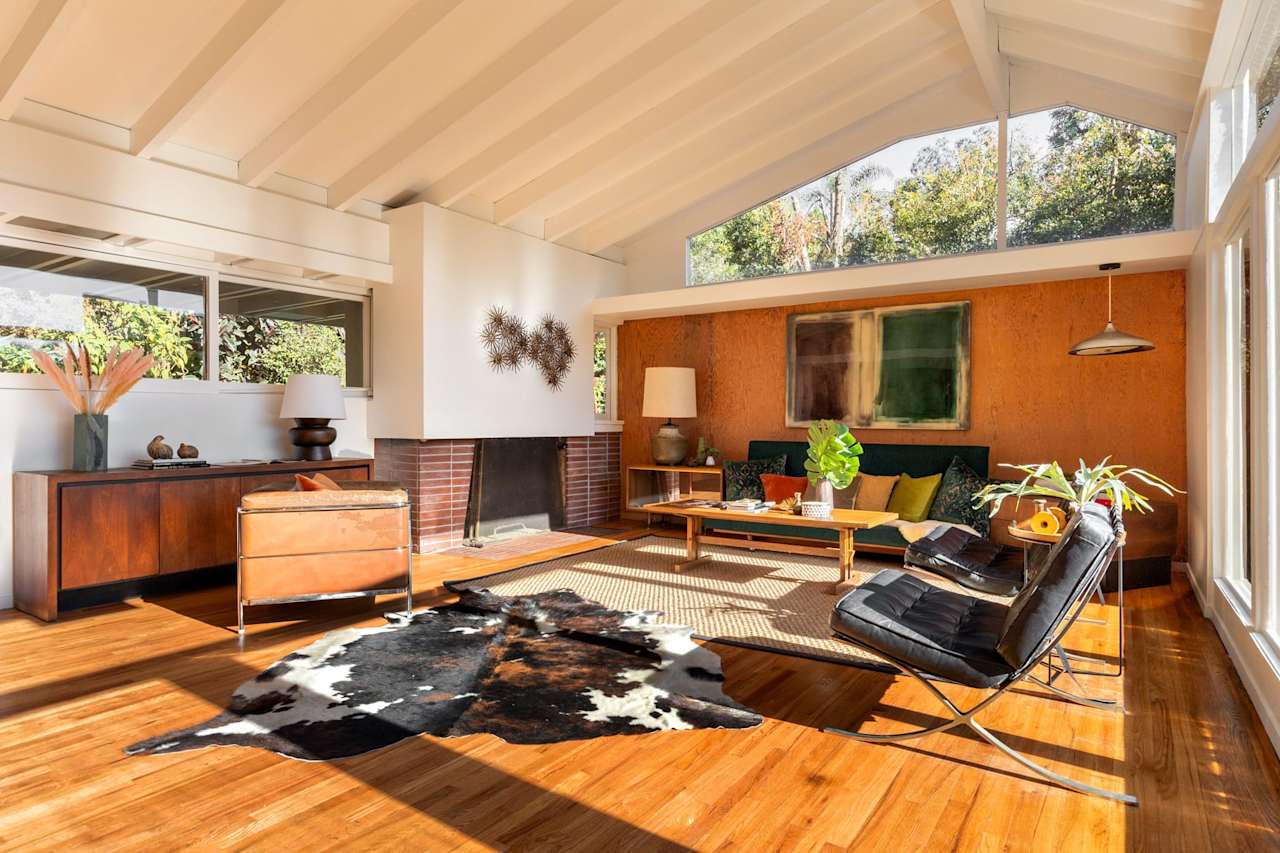
We are available to assist you with all your residential needs, please contact us.